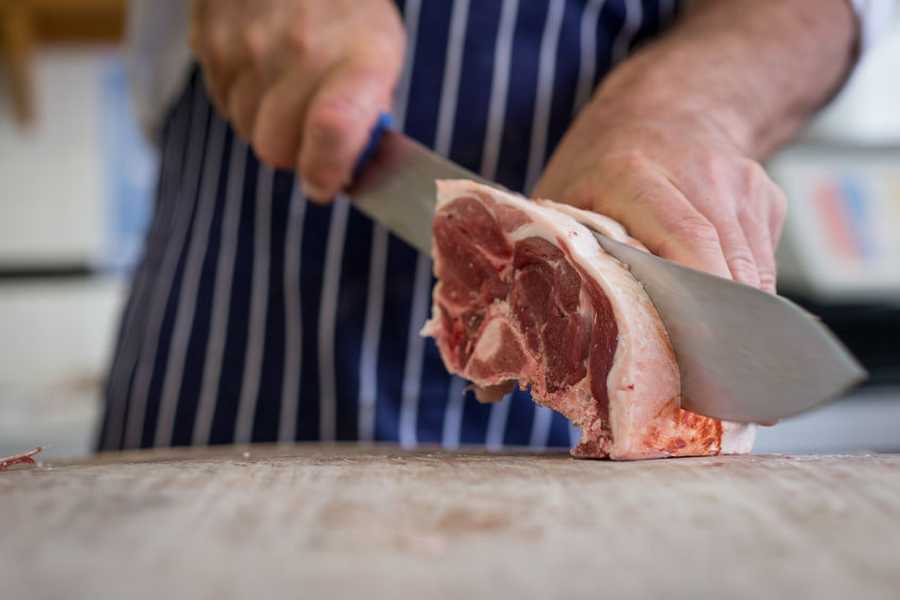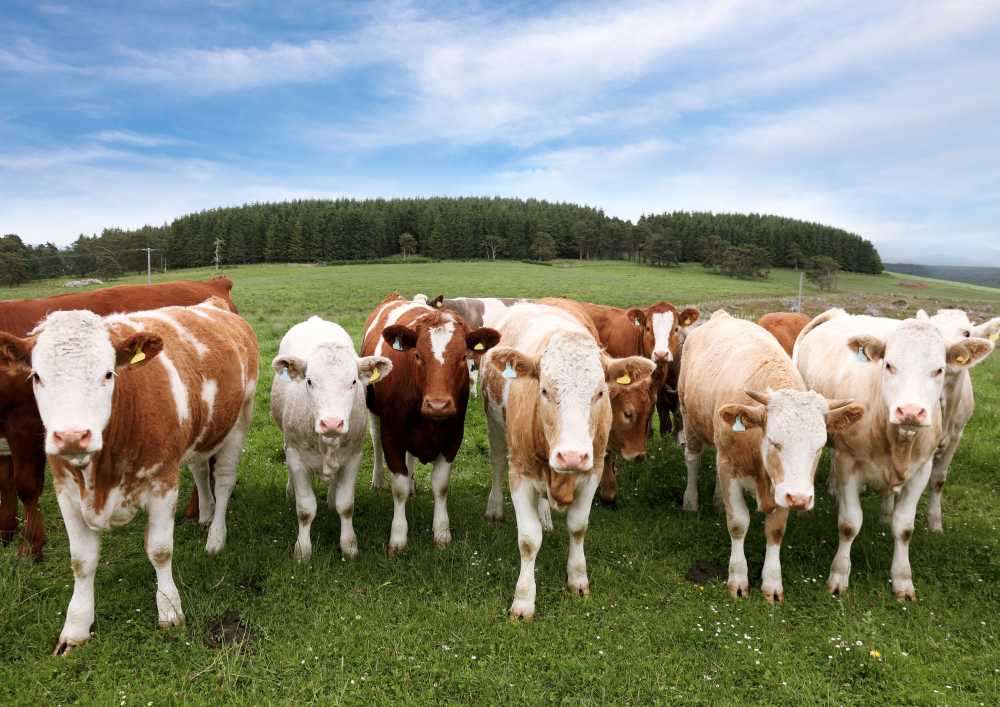
Global opportunities exist for UK meat but the practical implications of Brexit need to be addressed promptly, according to a meat conference.
The 13th annual Agriculture and Horticulture Development Board (AHDB) Meat Export Conference ‘Preparing for Brexit’ saw farming minister George Eustice attend.
Mr Eustice said the majority of agriculture sectors in the UK could benefit from opportunities to do new trade deals with third countries and said a free trade agreement with the EU is a priority.
But presentations from a range of experts highlighted some of the challenges facing the UK meat supply chains before negotiations are concluded in March 2020.
AHDB’s Head of Livestock Export Trade Development Jean-Pierre Garnier set the scene with an overview of the British meat export industry.
He highlighted that livestock product exports are worth £2.4 billion to the UK a year - the second largest food and drink export after spirits.
He said: “We need to market the experience of eating British beef, lamb and pork because we have an excellent product with a great story to tell. Our high welfare, sustainable production systems mean we have a premium product for our global customers.

“Overall, meat exports are doing very well but we are constrained by a limited and variable supply of pork, lamb and beef. Brexit offers a number of challenges and opportunities and the overriding message from this conference is that everyone needs to prepare and improve in readiness for new trade conditions.”
Increase in meat exports
By 2021, Jean-Pierre forecast a 20 per cent increase in volume on all meats exported – which would see 73,000 more tonnes of pork, lamb and beef leave the UK's shores at an additional value of £178 million in carcase meat alone.
He also highlighted China as a key growth market which offers great potential to meat exporters, adding that last year the UK exported £74 million worth of pork to the country.
But Professor Alan Matthews of Trinity College said the export industry could be put on the back foot if the UK fails to carry over existing free trade agreements with third countries or agree transitional arrangements with the EU.
He identified three possible models for an interim agreement which included limited zero tariff agreements for goods only, an EEA-type agreement with or without EFTA membership or a new agreement to remain in the customs union.
In the event of a failure to reach an agreement, the UK would have to operate under WTO rules, which are explored in depth in a new AHDB Horizon publication, launched at the export conference.
'UK's unique needs'
AHDB’s Market Intelligence Director Phil Bicknell said Brexit provided an opportunity to develop regulatory and policy measures that fitted the UK’s unique needs and played to our strengths.
But he added it was important to recognise that the UK doesn’t have the proverbial blank piece of paper and in making new policy, the UK will have to follow the WTO rule book.
He said: “One of the areas where the WTO has had an impact is its Agriculture Agreement, giving greater clarity to traders, reducing the level of tariffs and deterring unfounded protectionist measures such as import bans or restrictions.
“In addition, it has cut subsidies that distort trade – shifting the nature of farm policy and support around the world.”
During his presentation, Phil said he had heard some say the farming industry was in danger of sleepwalking through Brexit.
He said: “I certainly feel there is a lack of scenario planning at farm level around the challenges and opportunities. But should you decide to adopt the wait and see approach then, in my opinion that is a high risk strategy.”
